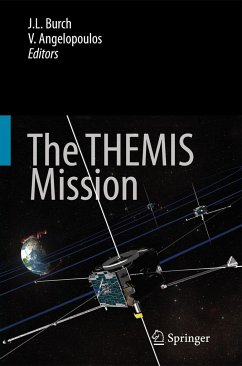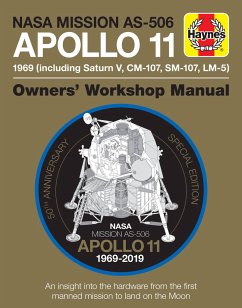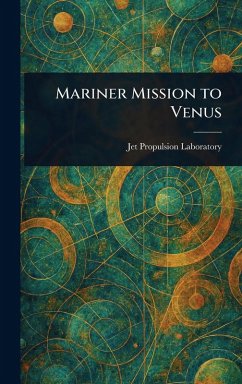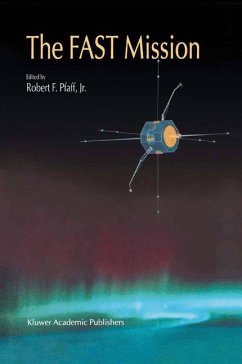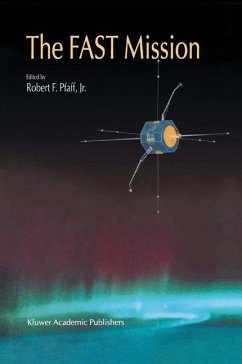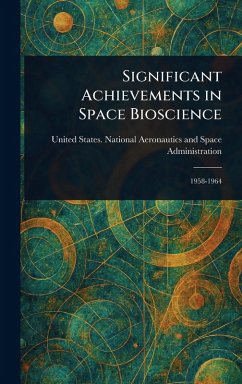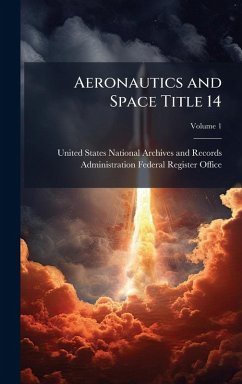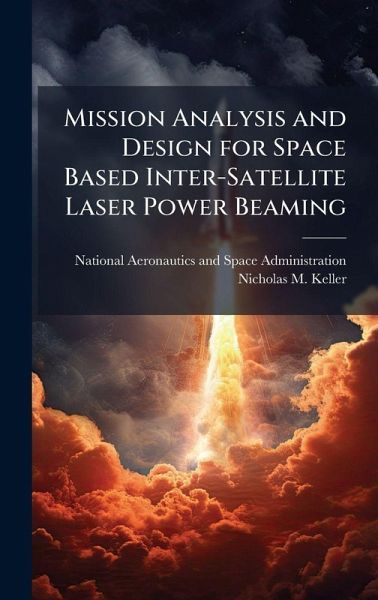
Mission Analysis and Design for Space Based Inter-Satellite Laser Power Beaming
Versandkostenfrei!
Versandfertig in über 4 Wochen
29,99 €
inkl. MwSt.
Weitere Ausgaben:

PAYBACK Punkte
15 °P sammeln!
This research effort develops an interdisciplinary design tool to optimize an orbit for the purpose of wirelessly beaming power from the International Space Station's (ISS) Japanese Experimental Module Exposed Facility (JEM/EF) to a target satellite. For the purpose of this initiative, the target satellite will be referred to as FalconSAT6, a reference to the proposed follow-on satellite to the U.S. Air Force Academy's (USAFA) FalconSAT5 program. The USAFA FalconSAT program provides cadets an opportunity to design, analyze, build, test and operate small satellites to conduct Department of Defe...
This research effort develops an interdisciplinary design tool to optimize an orbit for the purpose of wirelessly beaming power from the International Space Station's (ISS) Japanese Experimental Module Exposed Facility (JEM/EF) to a target satellite. For the purpose of this initiative, the target satellite will be referred to as FalconSAT6, a reference to the proposed follow-on satellite to the U.S. Air Force Academy's (USAFA) FalconSAT5 program. The USAFA FalconSAT program provides cadets an opportunity to design, analyze, build, test and operate small satellites to conduct Department of Defense (DoD) space missions. The tool developed for this research is designed to find an optimal solution balancing the need to maximize the amount of access time between the ISS and FalconSAT6 while minimizing the range between the spacecraft. This tool places mathematical rigor to the problem and determines realistic solutions using current technology. Using this tool allows mission planners to economically and accurately predict the outcome of a proposed wireless power beaming mission. This work has been selected by scholars as being culturally important, and is part of the knowledge base of civilization as we know it. This work was reproduced from the original artifact, and remains as true to the original work as possible. Therefore, you will see the original copyright references, library stamps (as most of these works have been housed in our most important libraries around the world), and other notations in the work. This work is in the public domain in the United States of America, and possibly other nations. Within the United States, you may freely copy and distribute this work, as no entity (individual or corporate) has a copyright on the body of the work. As a reproduction of a historical artifact, this work may contain missing or blurred pages, poor pictures, errant marks, etc. Scholars believe, and we concur, that this work is important enough to be preserved, reproduced, and made generally available to the public. We appreciate your support of the preservation process, and thank you for being an important part of keeping this knowledge alive and relevant.



